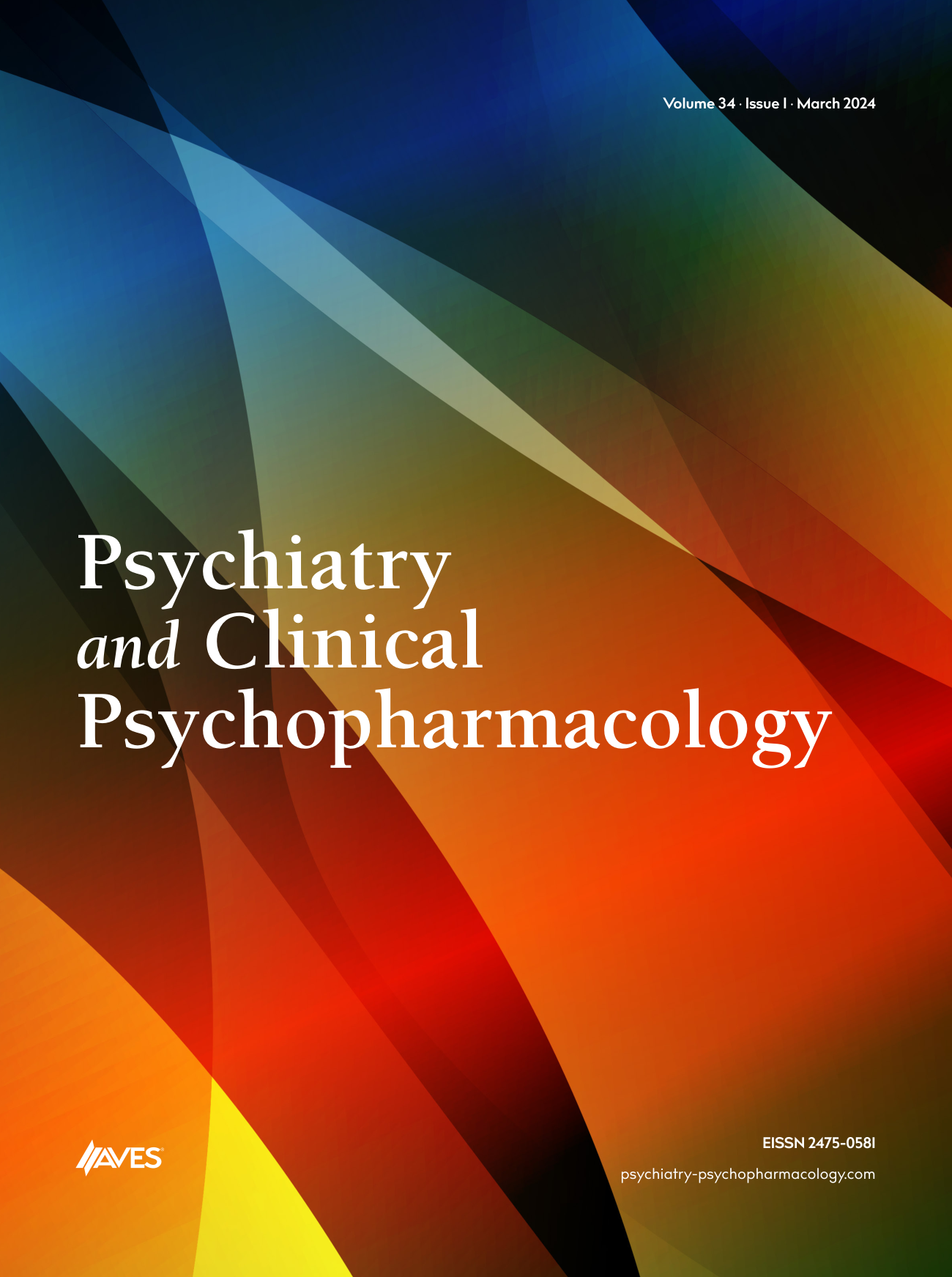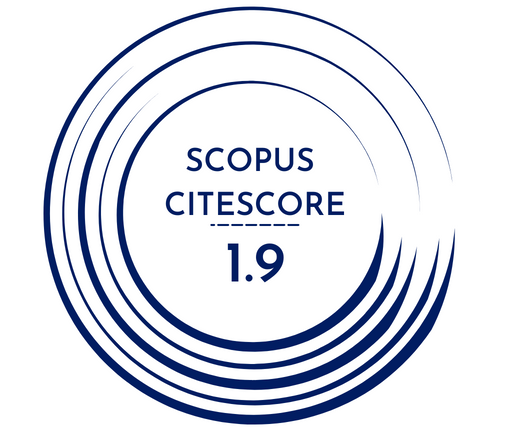Objectives: Attention-deficit/hyperactivity disorder (ADHD) is the most frequent neurobehavioural disorder in childhood. ADHD is associated with impaired academic performance, cognitive, and emotional deficits. Moreover, comorbid oppositional defiant disorder (ODD) is leading to more severe impairment in social performance. Social cognition involves recognition, encoding, and interpretation of emotions from faces. Basic facial expressions that include sadness, happiness, anger, disgust, fear, and surprise are the easiest emotions to recognize. We aimed to demonstrate facial expression recognition impairments that might occur more frequently in children with co-occurring ADHD/ODD than patients with ADHD only. Thus, children with the co-occurrence of ODD may suffer more severely from social and behavioural difficulties.
Methods: Forty patients diagnosed with ADHD and/or co-occurring ADHD/ODD according to DSM-IV-TR criteria were compared with a parallel (by gender, age, and educational state) 11 healthy children as a control group in this study. Clear facial images of each emotion were used as well as two additional sets of photos include 50% blurred images and cropped eye images were added as distractors then all images represented with black and white tone for emotion recognition task via facial expression. Angry expressions presented as target expressions. DSM-IV-Based Screening and Rating Scale for Children and Adolescents with attention deficit and disruptive behaviour disorders, the Conners’ Teachers Rating Scale/ Revised Long Form and the Conners’ Parent Rating Scale/Revised Long Form were used to provide diagnostic objectivity.
Results: Control group statistically performed better than ADHD group on recognition of emotional facial expressions. Results showed no statistically significant differences between the ADHD and ADHD/ODD group on recognition of emotional facial expressions. However, according to results of emotion recognition task via facial expressions, there were statistically significant differences between pure ADHD and comorbid ADHD+ODD groups in happy and neutral expressions. ADHD/ODD group tend to attribute more meaning to neutral facial expressions. Additionally there was statistically significant difference between control group and ADHD group according to recognition of angry expressions. There were statistically significant differences between the groups according to recognition of sad expressions in all clear, blurred, and eye photographs.
Conclusions: Difficulties in recognizing emotional facial expressions were observed in children with ADHD. A statistically significant association was established between presence of ADHD and impaired recognition of facial emotion expressions independent from the scores of the disruptive behaviour rating scale. Comorbid ODD was not associated with recognition of emotional facial expressions including angry expressions. Recognition of angry expressions was not found as a predictor for disruptive behaviour disorders.



